PROTECT YOUR HOME AND YOUR FAMILY FROM FIRE
According to Stats Canada, more than 12,000 residential home fires occur in Canada each year. Fires and carbon monoxide poisoning result in hundreds of deaths, thousands of injuries and millions in property damage every single year. While cooking is the main cause of house fires, during the colder months heating equipment is often the main culprit.
There are a number of precautions you can take to greatly reduce the chance of your property and family and having to endure the tragedy of a fire.
PRECAUTIONS TO REDUCE FIRE PROBABILITY
- Residential sprinkler system
- Smoke + Carbon monoxide (CO) detectors
- Fire extinguishers
- Escape ladder for multi-storey homes
- Annual fireplace and furnace inspections
Sprinkler Systems
Though often overlooked when building or remodelling a home, a residential fire sprinkler system is the best way to protect your home from fire. While smoke alarms can warn you of a fire when you are home, it’s up to you to heed the alarm and take immediate action. A sprinkler system on the other hand, acts to put out the fire in the crucial minutes when a fire first starts, whether you're home at the time or not.
Sprinklers are activated by heat, not smoke, so typically only the units that are located closest to the fire come on when a fire occurs, limiting water damage to the home. The cost of installing a sprinkler system in a new home depends on the size and layout, however having a sprinkler system installed in your home can save you thousands in damages if a fire ever did occur, and sprinklers typically provide a net reduction in your homeowner insurance fire protection plan.
Smoke Detectors
Every home should be equipped several smoke detectors - one on each floor of your home, with one located in or near each bedroom - to alert you in case of a fire.
Locate alarms on or near the ceiling and away from the corners of the room, and change batteries every 6 to 12 months if not hardwired. Smoke detectors should be replaced every 10 years or so.
Carbon Monoxide Detectors
Many smoke alarms now detect Carbon Monoxide (CO), which is a dangerous doorless, colourless poisonous gas that is generated by fire or combustion. Sources of carbon monoxide can include natural gas and propane appliances - such as stoves, space heaters, and water heaters - in addition to gas, oil, wood, or coal burning furnaces, fireplaces and/or heaters . Gasoline and diesel powered engines used on cars, boats, and generators are also a source of (CO) emissions.
Fire Extinguishers
A multipurpose fire extinguisher should be easily accessible at all times in your home, especially in the kitchen. Fire extinguishers can be used on combustible materials including wood, cloth, and paper; flammable liquids like oil and gasoline; electrical fires from wiring and electrical equipment. While fire extinguishers are a relatively common sight, not many people have had to use them.
If a fire does break out, it's important to stay calm when using a fire extinguisher, remember the acronym PASS, which stands for:
Pull the pin on the extinguisher.
Aim the nozzle at the base of the fire.
Squeeze the handle to discharge the chemical agent.
Sweep the extinguisher from side to side across the fire.
A good saftey tip is to have several fire extinguishers located strategically throughout the house for prevention purposes. Extinguishers have a shelf life that can range anywhere from 5 years to 15 years in some cases; check the tags to ensure that they're not expired.
Escape Ladders
Two-story homes would be prudent to have an easily accessible escape ladder on the upper story in the event a fire blocks the main exit to your home. To use an escape ladder:
- Take out the ladder.
- Open the window.
- Lock the ladder in place.
- Secure the ladder over the edge of the window sill.
- Pull the tab to release the ladder.
- Climb carefully down the ladder to safety.
Annual Inspection
Finally, it’s important to have your fireplace and furnace inspected annually by a trained professional before the cold weather returns.
- Fireplace: Check for blockage, damage to the bricks and mortar, and creosote build-up. If excessive creosote is found, the chimney should be cleaned.
- Furnace: Check to be sure the burner and combustion chamber are in good condition and the unit is vented properly.
I hope these tips help bring some attention to fire safety in your home. A little prevention goes a long way.
Thanks for taking the time to read The Home Blog.
If you have any questions about fire prevention or real estate in general, please contact (416) 577-8011.
If you wish to receive my monthly newsletter "AROUND THE HOUSE " - which delivers targeted insight to trends in the marketplace, please drop me a line at info@adrianoaldini.com.



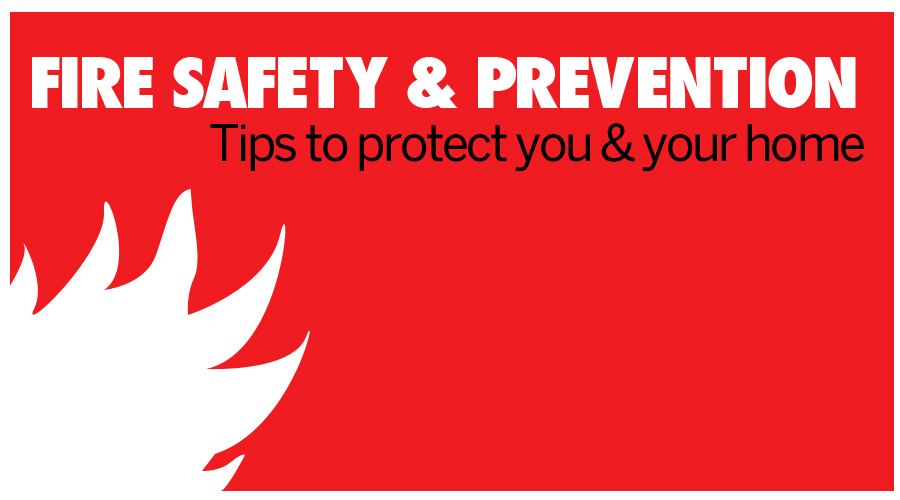
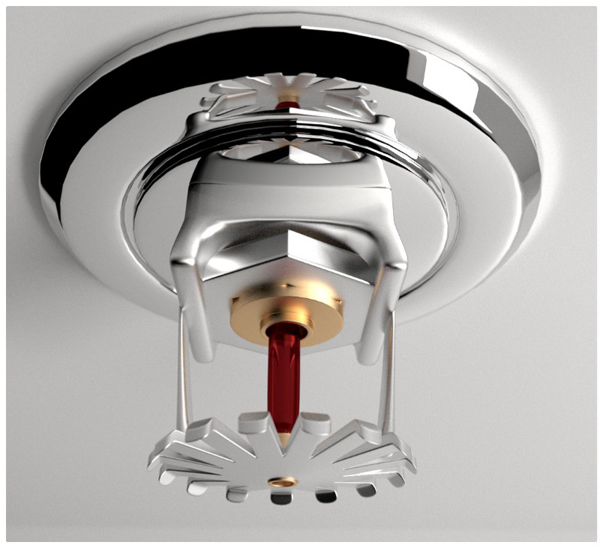
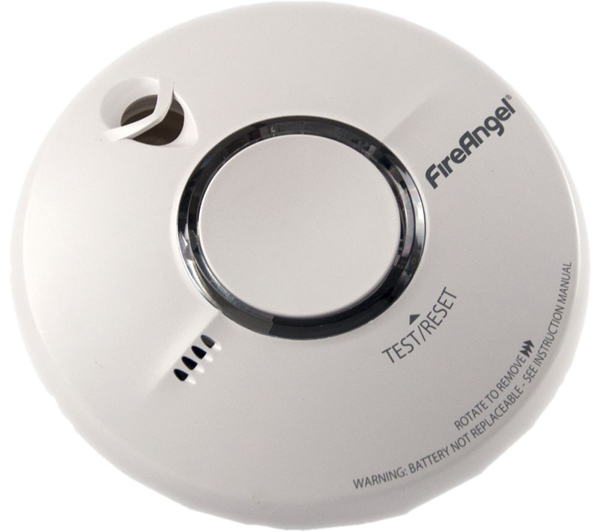

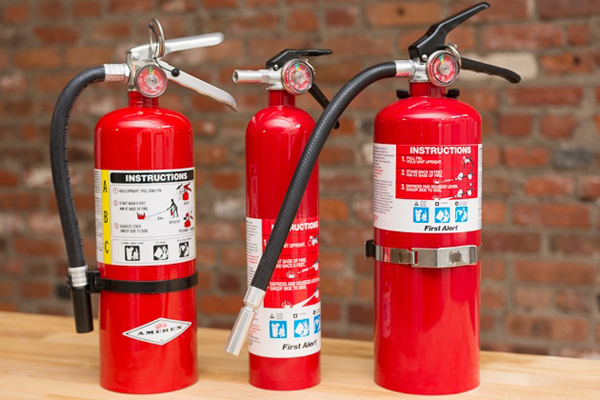
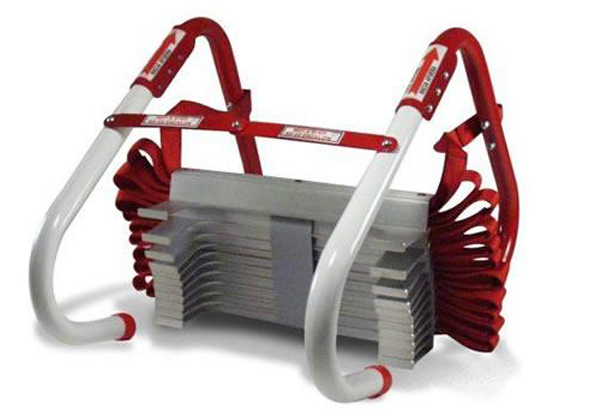

Post a comment